1. Park JS, Chung MS, Shin DS, Har DH, Cho ZH, Kim YB, et al. Sectioned images of the cadaver head including the brain and correspondences with ultrahigh field 7.0 T MRIs. Proc IEEE. 2009; 97(12):1988–1996.
2. Park JS. Cross-Sectional Atlas of the Human Head: with 0.1-mm Pixel Size Color Images. Berlin: Springer;2018.
3. Cho ZH. 7.0 Tesla MRI Brain Atlas: In Vivo Atlas with Cryomacrotome Correlation. Berlin: Springer Science & Business Media;2010.
4. Park JS, Jung YW. Software for browsing sectioned images of a dog body and generating a 3D model. Anat Rec (Hoboken). 2016; 299(1):81–87.
5. Kwon K, Chung MS, Park JS, Shin BS, Chung BS. Improved software to browse the serial medical images for learning. J Korean Med Sci. 2017; 32(7):1195–1201.

6. Lee SB, Chung BS, Chung MS, Youn C, Park JS. Browsing software of the head sectioned images for the android mobile device. Int J Morphol. 2017; 35(4):1377–1382.

7. Shin DS, Jang HG, Park JS, Park HS, Lee S, Chung MS. Accessible and informative sectioned images and surface models of a cadaver head. J Craniofac Surg. 2012; 23(4):1176–1180.

8. Park HS, Chung MS, Shin DS, Jung YW, Park JS. Accessible and informative sectioned images, color-coded images, and surface models of the ear. Anat Rec (Hoboken). 2013; 296(8):1180–1186.

9. Park HS, Chung MS, Shin DS, Jung YW, Park JS. Whole courses of the oculomotor, trochlear, and abducens nerves, identified in sectioned images and surface models. Anat Rec (Hoboken). 2015; 298(2):436–443.

10. Chung BS, Ahn YH, Park JS. Ten triangles around cavernous sinus for surgical approach described by schematic diagram and three dimensional models with the sectioned images. J Korean Med Sci. 2016; 31(9):1455–1463.

11. Chung BS, Shin DS, Brown P, Choi J, Chung MS. Virtual dissection table including the visible Korean images complemented by free software of the same data. Int J Morphol. 2015; 33(2):440–445.

12. Chung BS, Park JS. Real-color volume models made from real-color sectioned images of visible Korean. J Korean Med Sci. 2019; 34(10):e86.

13. Morel A. Stereotactic Atlas of the Human Thalamus and Basal Ganglia. Boca Raton FL: CRC Press;2007.
14. Waldvogel HJ, Curtis MA, Baer K, Rees MI, Faull RL. Immunohistochemical staining of post-mortem adult human brain sections. Nat Protoc. 2006; 1(6):2719–2732.

15. Friedland DR, Los JG, Ryugo DK. A modified Golgi staining protocol for use in the human brain stem and cerebellum. J Neurosci Methods. 2006; 150(1):90–95.

16. Bürgel U, Amunts K, Hoemke L, Mohlberg H, Gilsbach JM, Zilles K. White matter fiber tracts of the human brain: three-dimensional mapping at microscopic resolution, topography and intersubject variability. Neuroimage. 2006; 29(4):1092–1105.

17. Tamraz JC, Comair YG, Tamraz JC. Atlas of Regional Anatomy of the Brain Using MRI. Springer-Verlag;2004.
18. Tzourio-Mazoyer N, Landeau B, Papathanassiou D, Crivello F, Etard O, Delcroix N, et al. Automated anatomical labeling of activations in SPM using a macroscopic anatomical parcellation of the MNI MRI single-subject brain. Neuroimage. 2002; 15(1):273–289.

19. Park JS, Chung MS, Park HS, Shin DS, Har DH, Cho ZH, et al. A proposal of new reference system for the standard axial, sagittal, coronal planes of brain based on the serially-sectioned images. J Korean Med Sci. 2010; 25(1):135–141.

20. Li X, Morgan PS, Ashburner J, Smith J, Rorden C. The first step for neuroimaging data analysis: DICOM to NIfTI conversion. J Neurosci Methods. 2016; 264:47–56.

21. Niemann K, Mennicken VR, Jeanmonod D, Morel A. The Morel stereotactic atlas of the human thalamus: atlas-to-MR registration of internally consistent canonical model. Neuroimage. 2000; 12(6):601–616.

22. Yücel YH, Zhang Q, Gupta N, Kaufman PL, Weinreb RN. Loss of neurons in magnocellular and parvocellular layers of the lateral geniculate nucleus in glaucoma. Arch Ophthalmol. 2000; 118(3):378–384.

23. van Dijk RM, Huang SH, Slomianka L, Amrein I. Taxonomic separation of hippocampal networks: principal cell populations and adult neurogenesis. Front Neuroanat. 2016; 10:22.

24. Tellmann S, Bludau S, Eickhoff S, Mohlberg H, Minnerop M, Amunts K. Cytoarchitectonic mapping of the human brain cerebellar nuclei in stereotaxic space and delineation of their co-activation patterns. Front Neuroanat. 2015; 9:54.

25. Cao Z, Park J, Cho ZH, Collins CM. Numerical evaluation of image homogeneity, signal-to-noise ratio, and specific absorption rate for human brain imaging at 1.5, 3, 7, 10.5, and 14T in an 8-channel transmit/receive array. J Magn Reson Imaging. 2015; 41(5):1432–1439.

27. Cho ZH. Review of recent advancement of ultra high field magnetic resonance imaging: from anatomy to tractography. Investig Magn Reson Imaging. 2016; 20(3):141–151.

28. AbouHashem Y, Dayal M, Savanah S, Štrkalj G. The application of 3D printing in anatomy education. Med Educ Online. 2015; 20(1):29847.

29. Lee S, Kim T, Hong D, Ock J, Kwon J, Gwon E, et al. A review of three-dimensional printing technology for medical applications. J Korean Soc Radiol. 2019; 80(2):213–225.

30. Thomas RG, John NW, Delieu JM. Augmented reality for anatomical education. J Vis Commun Med. 2010; 33(1):6–15.

31. Kim CH, Jeong JH, Bolch WE, Cho KW, Hwang SB. A polygon-surface reference Korean male phantom (PSRK-Man) and its direct implementation in Geant4 Monte Carlo simulation. Phys Med Biol. 2011; 56(10):3137–3161.

32. Neufeld E, Lloyd B, Schneider B, Kainz W, Kuster N. Functionalized anatomical models for computational life sciences. Front Physiol. 2018; 9:1594.

33. Kim SK, Kim C, Lee KY, Cha J, Lim HJ, Kang EY, et al. Accuracy of model-based iterative reconstruction for CT Volumetry of part-solid nodules and solid nodules in comparison with filtered back projection and hybrid iterative reconstruction at various dose settings: an anthropomorphic chest phantom study. Korean J Radiol. 2019; 20(7):1195–1206.


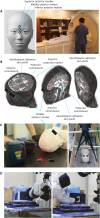

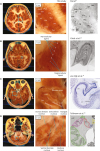
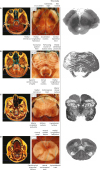
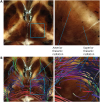





 PDF
PDF Citation
Citation Print
Print



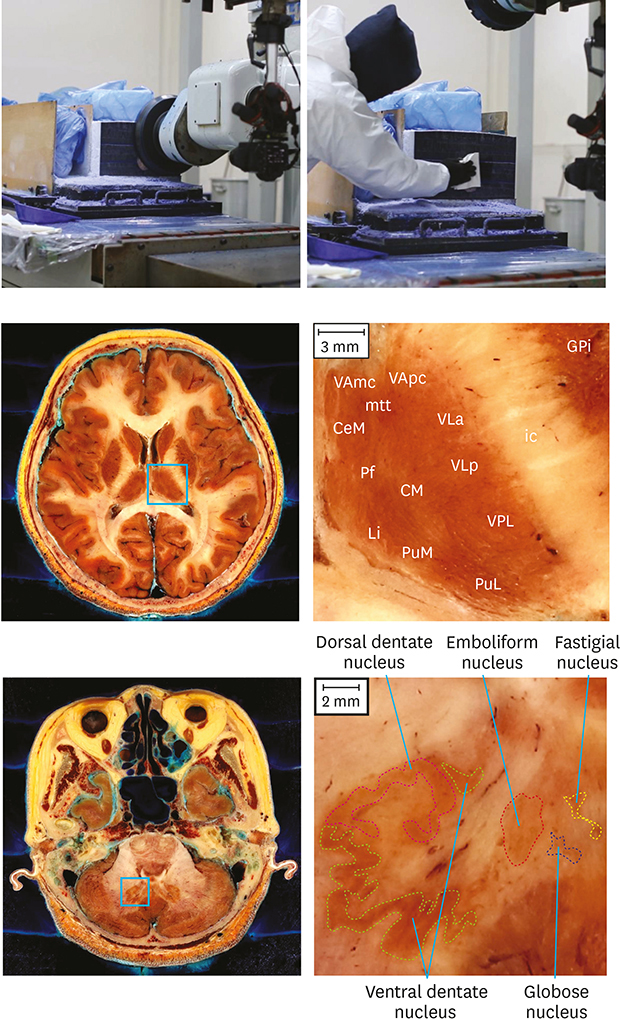
 XML Download
XML Download